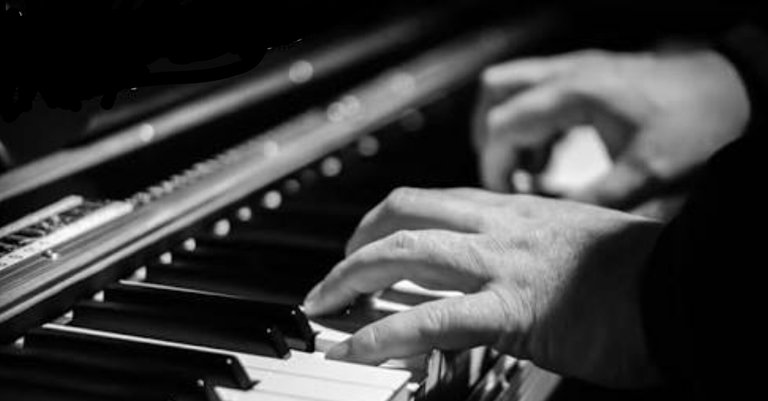
Improvisation is basically an art of generating new melodic solos over a given rhythm section. It is a known fact that jazz music features syncopations, improvisation, and blue notes. These three important characteristics of jazz music are inseparable, so that one begins to hear syncopated rhythms and blue notes during a jazz improvisation. As mentioned above, jazz improvisation gives the opportunity to create new melodic lines on the spot. However, there is no room for excessive freedom. Improvisation depends largely on chord changes. This paints a picture of jazz improvisation as an art of navigating through the chord changes. Jazz music differs from other genres of music because of its complexity of chords and the fact that it is inundated with the use of ii-V-I progressions, which cuts through several keys within a song. The art of jazz improvisation is the ability to keep this complex structure flowing in one’s mind while improvising a melody line that fits neatly over the chord progression.
In the case of pianist, he gets to play
the chord changes on the left hand while creating the melody on the right hand. A solo instrument player needs to be able to picture the chord changes in his mind in order to create the right melodies.
Creating melodies in this context means making use of the scales(major, minor, blues, pentatonic, etc.) and arpeggios, which are important rudiments of music playing. This suggests that a high level of the practical mastery of these rudiments is essential to jazz improvisation.
There are some techniques that simply shed some light on much of what is expected to be done or heard, given a floor to improvise. At such a point the scales are quick safety valves.
Given a major ii-V-I progression for instance, a good start would be with a major scale. Whenever a player sees any ii-V-I progression, he could start with the scale of the chord “I” to improvise over the entire chord changes. Take for an example a iimin7-V7-Imaj7 in the key of C major which is Dmin7-G7-Cmaj7, would have Cmaj7 as chord I. Hence, the C major scale would work out fine. On the other hand, a minor ii-V-i would be dominated by a minor scale. However, one must lay some emphasis on the tones belonging to each chord by accenting them when they fall on a weak beat. A player could shuffle arpeggios in between scales during improvisation, giving prominence to the chord tones which are indeed worthy of
note.
There are some cases in jazz where the music is not built over the ii-V-I chord
progression. Such kind of music is referred to as Atonal. In such cases the key of the scales has to “constantly change or move with the key of the chords”, and of course paying much attention to the shape of the chord and chord tone.
Pretty much like every spoken language of the world, one can’t gain eloquence in jazz except He/She has digested some of the phrases and sentences of great jazz language speakers. A good way around this is to transcribe solos of great jazz players such as the contemporaries of Charlie Parker. This way a player minor ii-V-i would be able to analyze the music, have an understanding of what’s going on, and end up
incorporating such understanding into creating his own sounds.
START PRRRRRAAAAAACCCCCTTTTIIIIICCCCIIIINNNNGGGGG
Congratulations @joshuacraft! You have completed some achievement on Steemit and have been rewarded with new badge(s) :
Click on the badge to view your Board of Honor.
If you no longer want to receive notifications, reply to this comment with the word
STOPTo support your work, I also upvoted your post!
Joshua thanks for this post.
Good information ;)
All the best for you my friend and keep this post coming!!
One love
Thanks man... More coming your way soon...